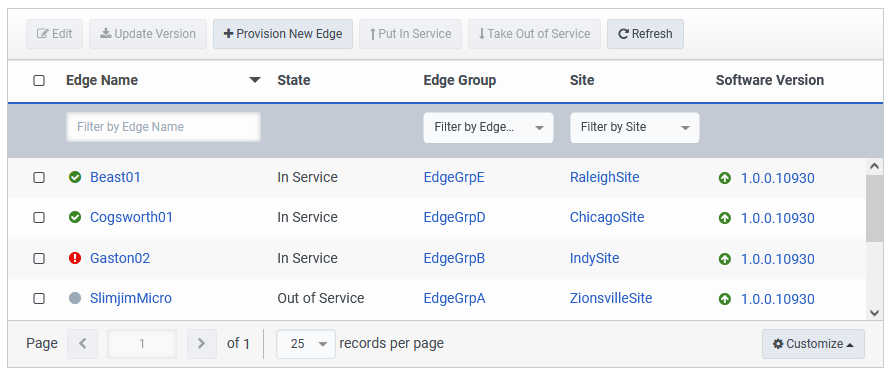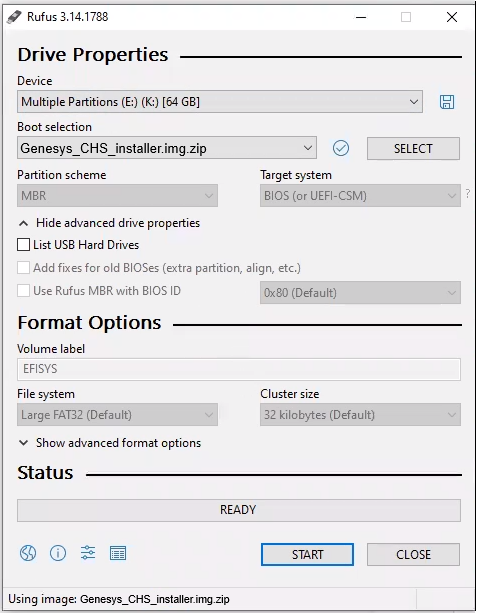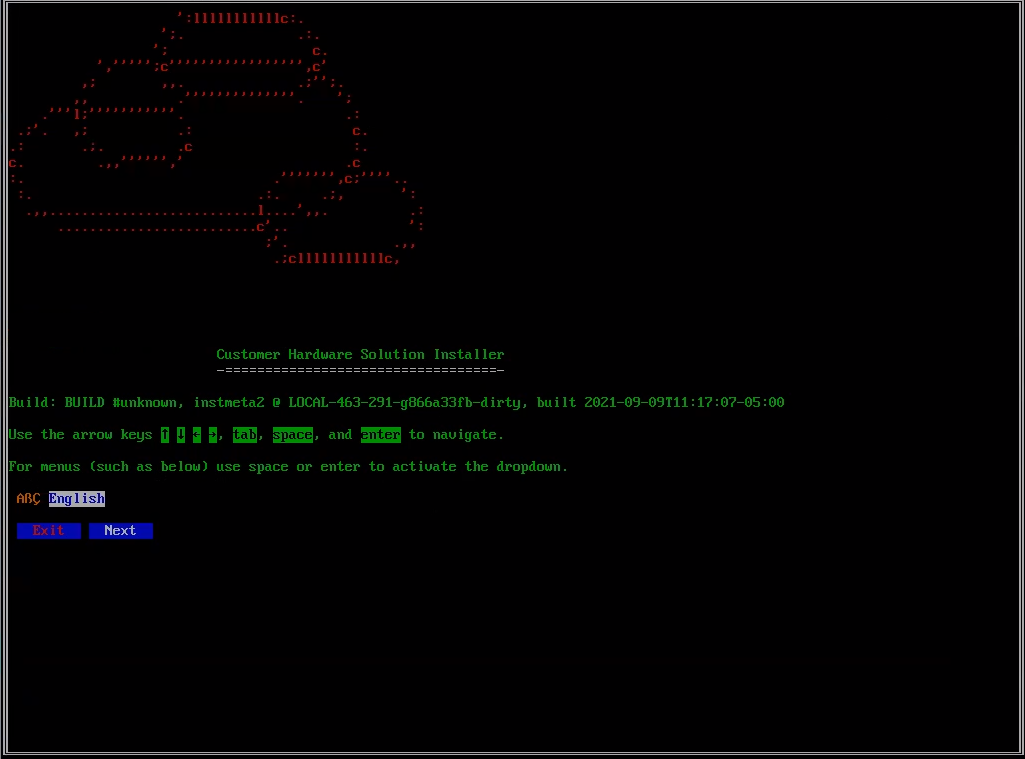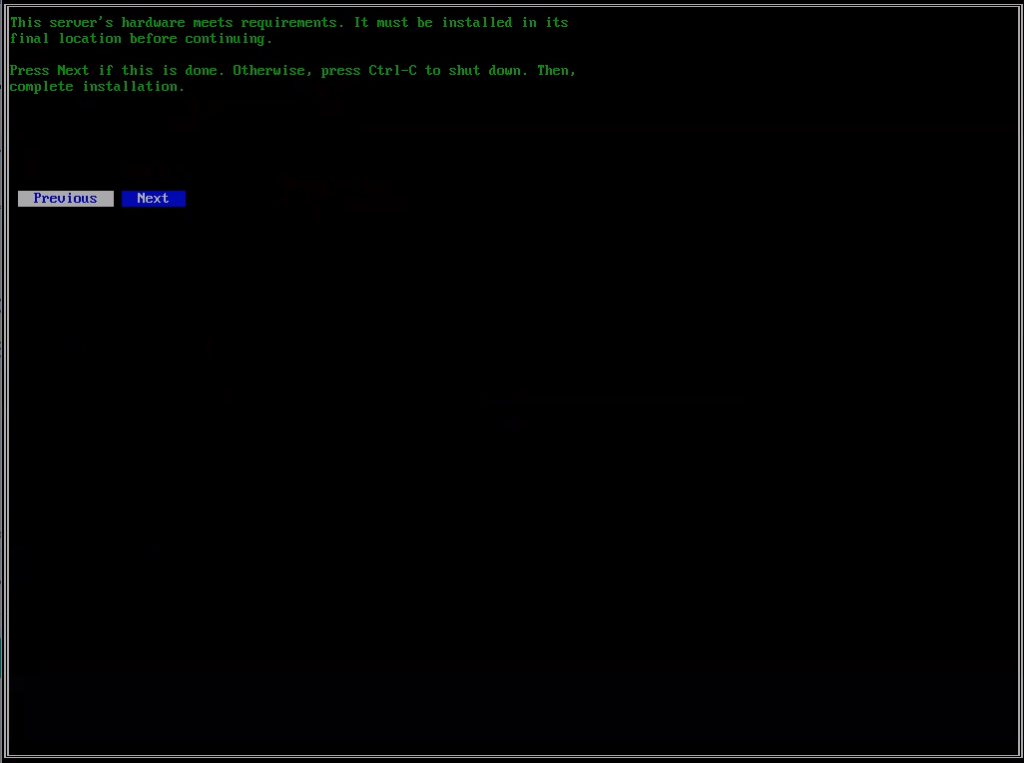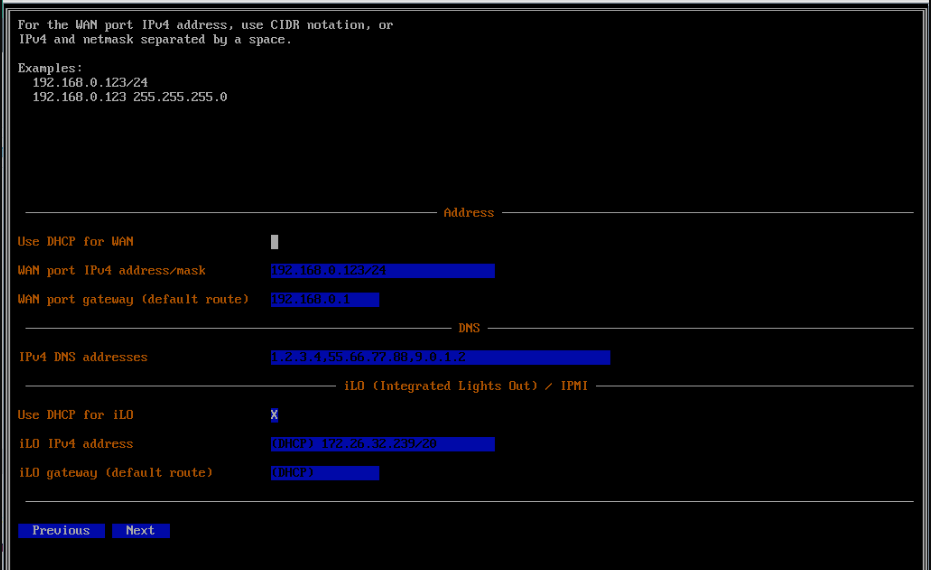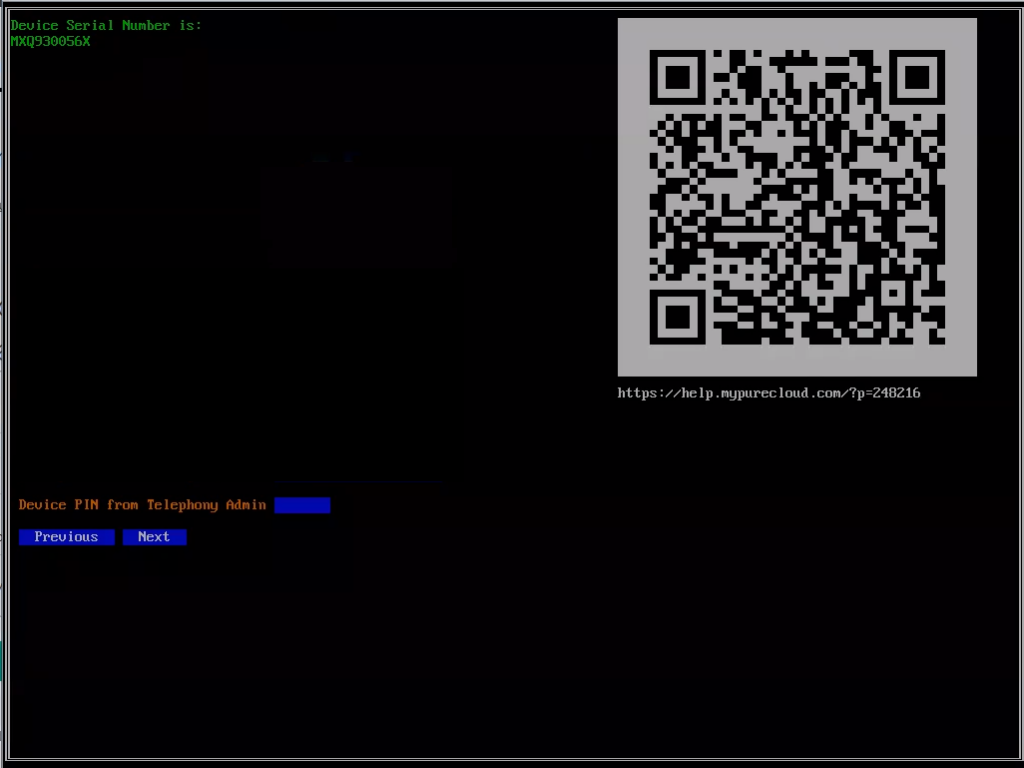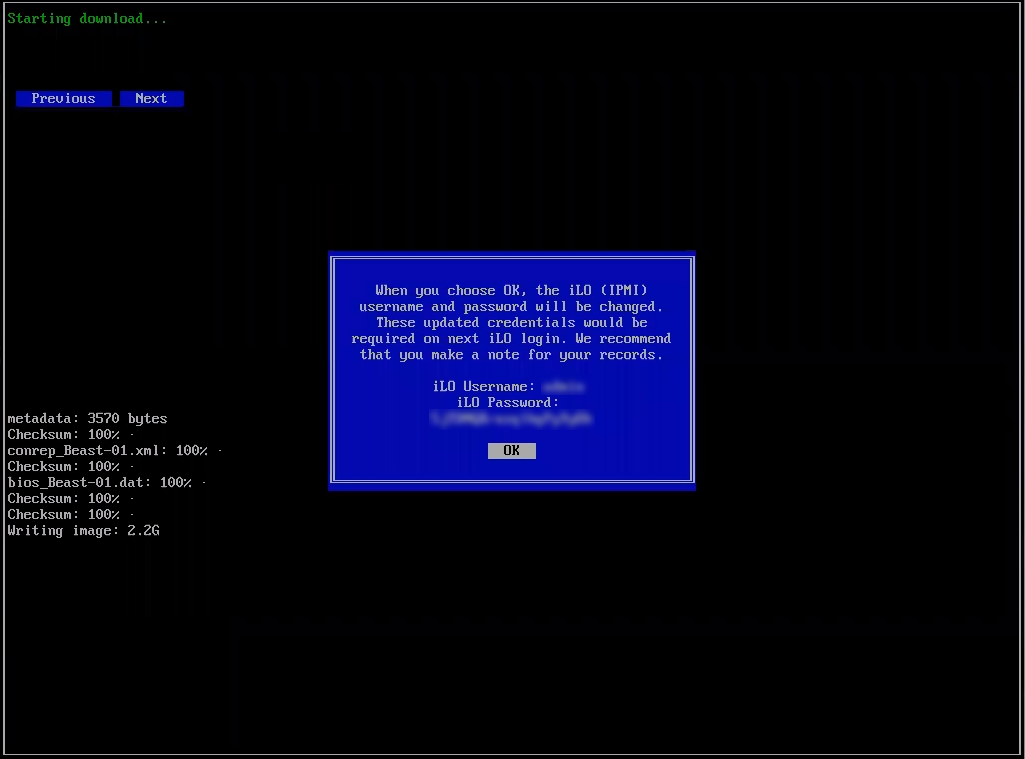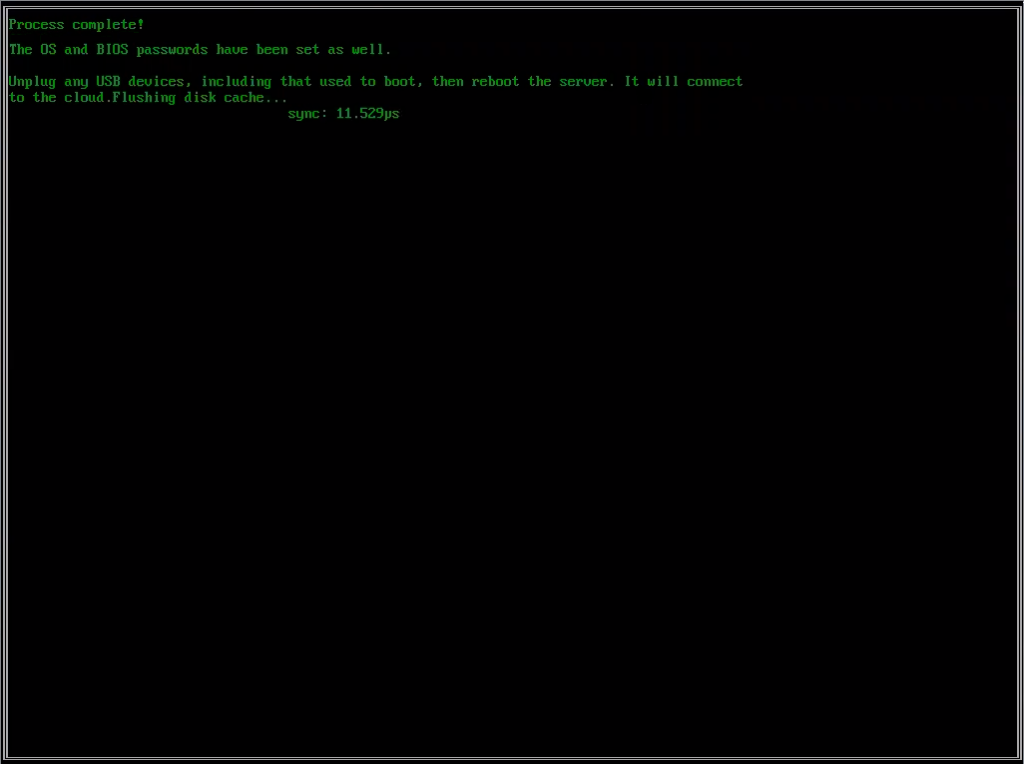Reinstall a Genesys Hardware Solution Edge Standard v3 or Edge Mini v2
Prerequisites
- Telephony > Plugin > All permission
- 32GB or larger USB flash drive
If you are having problems with your Genesys Hardware Solution Edge Standard v3 or Edge Mini v2 and want start over with a fresh installation, you can do so by following the procedure described in this article. This procedure uses an installation image created for the Customer Hardware Solution Edges. However, you can use this same procedure and installation image to reinstall a Genesys Hardware Solution Edge Standard v3 or Edge Mini v2.
Reset the Edge
- Unpair the Edge from Genesys Cloud. For more information, see Remove a BYOC Premises Edge from Genesys Cloud.
- Turn off the Edge and access the motherboard.
- Locate the System maintenance switch.
- Set the System maintenance switch to On to restore default manufacturing settings.
- Turn on the Edge.
- When prompted, turn off the Edge.
- Set the System maintenance switch to Off.
For information on locating the System maintenance switch on your system board, go to HPE Support Center and search for the appropriate Server Maintenance and Service Guide.
Download the installer
Genesys provides an installer to set up a Customer Hardware Solution Edge. However, you can use this same installer to reinstall a Genesys Hardware Solution – Edge Standard v3 or an Edge Mini v2.
- Download the BYOC Premises – Customer Hardware Solution installer image file.
- Take note of the download location. You will run the installer at a later part of the process.
Begin the provisioning procedure
In the first stage of the procedure, you begin provisioning the Edge from within the Genesys Cloud user interface. During this stage, you are provided two key pieces of information that you need at a later stage of the procedure.
- From a Genesys Cloud client computer on your network, log in to Genesys Cloud.
- Click Admin.
- Under Telephony, click Edges.
- Click Menu > Digital and Telephony > Telephony > Edges.
- Click Provision New Edge.
- On the Provision New Edge screen, enter a name in the Edge Name box.
- Click BYOC Premises – Customer Hardware Solution.
- Enter the HPE serial number found on your server chassis in the Serial number and Confirm serial number boxes.
- Click Provision Edge.
- On the Enter the device pin and region into the installer screen, take note of the values in the Device PIN and Region fields as you need them later.
Now that the provisioning operation has begun, you’ll leave it running and proceed to the next step.
Prepare your USB flash drive
To prepare your USB flash drive, you download and use an open source tool called Rufus. Rufus reformats your USB flash drive as a bootable device and then copies the installer to your USB flash drive.
- Download the Rufus tool.
- Insert your USB flash drive into the USB port on your computer.
- Locate and click the Rufus executable file to run the tool.
- Select your USB flash drive from the Device list.
- Select the Disk or ISO image from the Boot selection list.
- Click Select and choose the image file you downloaded. Rufus automatically fills in the required fields.
- MBR or GPT for the Partition scheme.Note: Rufus chooses the value for the Partition scheme based on the current format of your USB flash drive. Either Partition scheme works.
- UEFI (non CSM) for the Target system.
- Large FAT32 (Default) from the File system list.
- 32 kilobytes (Default) for the Cluster size.
- MBR or GPT for the Partition scheme.
- Click Start and wait while Rufus prepares your bootable Customer Hardware Solution installation USB flash drive.
- When Rufus completes its operation, click Close.
Connect your Edge to the network
Before you can perform the hardware verification, you must first connect your Edge to an internet facing network. This connection must be made to the WAN port on the Edge.
Edge Standard v3

Edge Mini v2
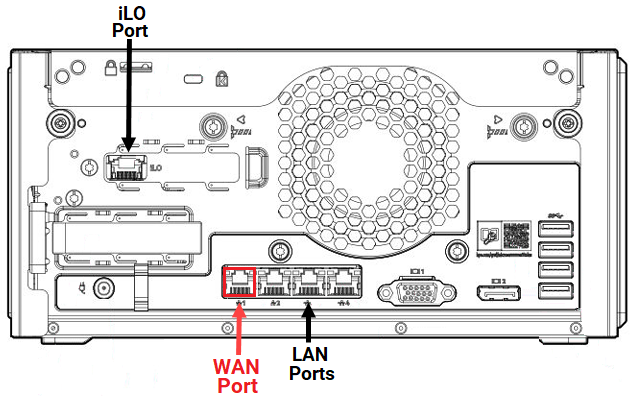
Perform the hardware verification
To perform the hardware verification, you boot up the Edge using the installation USB flash drive.
- Connect your Edge to your network.
- Insert the installation USB flash drive into a USB port in your Edge.
- To boot from the USB flash drive, turn on your Edge and press F11 during the post.
- When you see the system boot menu, select the USB drive, and wait while the Edge starts up.
- When you see the Customer Hardware Solution installer, select your language, and click Next.
- The installer checks the hardware.
Configure the network adapter settings
In this part of the procedure, the installer prompts you to configure your network adapter settings.
- Click the Use DHCP for WAN box, if you are going to use DHCP addresses.
- Enter an address in the WAN port IPv4 address box. (You can use CIDR notation.)
- Enter an address in the WAN port gateway (default route) box.
- Enter up to two addresses in the IPv4 DNS addresses box.
- Click the Use DHCP for iLO box, if you are going to use DHCP addresses.
- Enter an address in the iLO IPv4 address box. (You can use CIDR notation.)
- Select DHCP in the iLO gateway (default route) box.
- Click Next.
- Enter your NTP server address in the NTP Host box or leave it blank to use the default NTP host.
- Click Next.
Set AWS region and enter PIN
In this part of the procedure, you use the Device PIN and Region that you recorded when you began the provisioning procedure.
- Select your region from the Genesys Cloud home region list.
- Enter the PIN in the Device PIN from Telephony Admin box.
- Click Next.
Download the image and record the new ILO credentials
In this part of the procedure, the installer downloads the actual Edge image. The download may take some time to complete.
After the download completes, the installer writes the image to the hard disk. As the image is being written to the hard disk, the process updates the original ILO credentials assigned to the hardware. The original ILO credentials are displayed on a sticker on the top of the chassis. When the procedure displays the new ILO credentials, you should mark out the old credentials and record the new credentials.
- When you see the Ready to download and install prompt, click Next.
- When you see the ILO credentials message, take note of the new ILO credentials.
- Click OK.
- When the installer completes the imaging procedure, click Next.
Installer process complete
When the installation is complete, the installer once again displays the new ILO credentials, and prompts you to reboot the Edge.
- Remove the USB flash drive.
- Manually reboot the Edge by pressing the power button.
Finish provisioning and configure your Edge
At this point, your Edge is paired to your Genesys Cloud organization and you return to the Genesys Cloud user interface to configure your Edge’s telephony connections.
- When you see the Ready to Configure prompt, click Configure Edge.
To configure your new Edge for use in your Genesys Cloud organization, you perform a series of configuration operations.
- Create a SIP trunk
- Create a phone trunk
- Connect an existing trunk to an Edge network interface.
- Determine how many sites you need and add them to the system.
- Associate the Edge with a site and an Edge group. Attach an External SIP trunk.
- Add a new or modify the default number plan.
- Add a new or modify the outbound route.
- Configure emergency services

